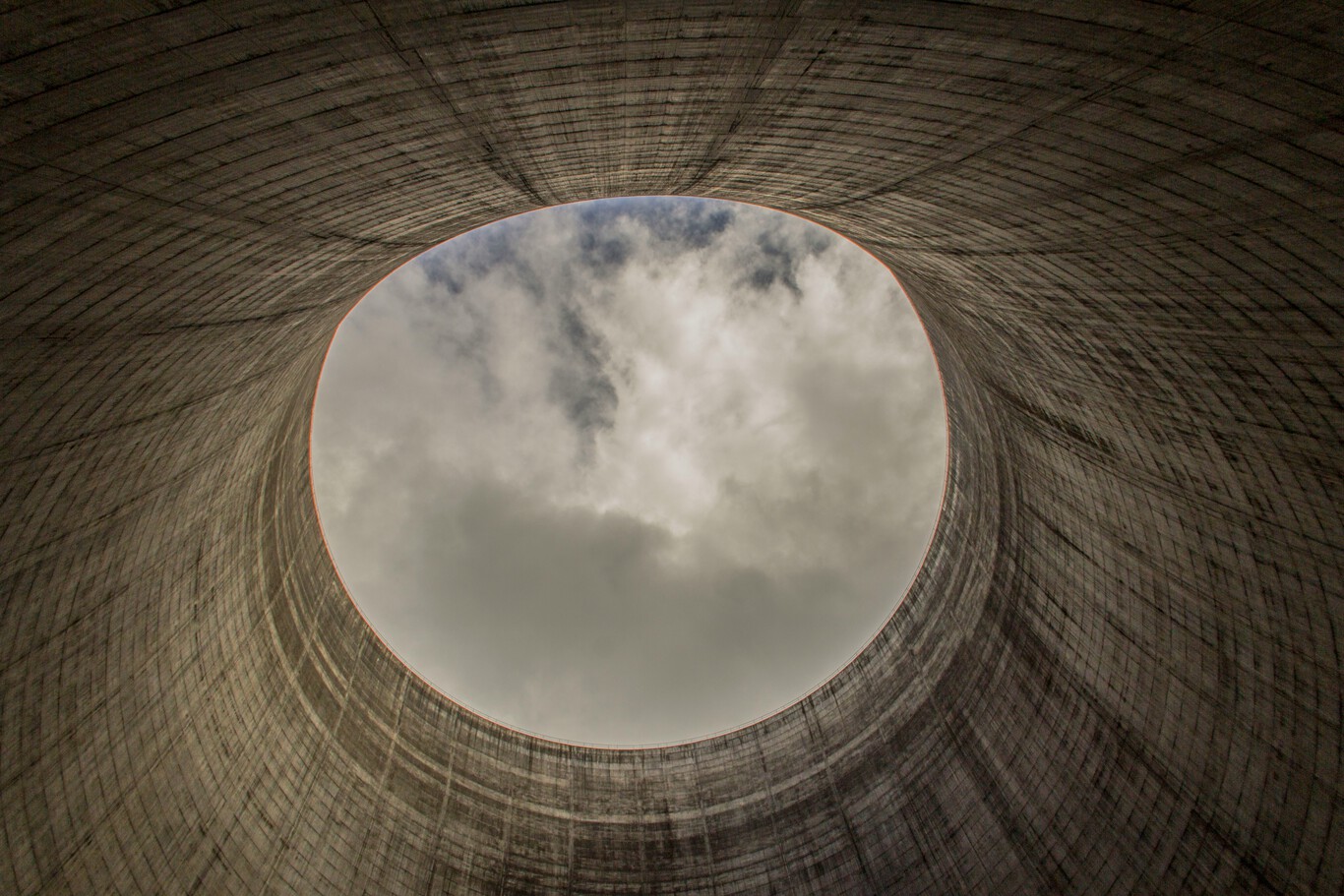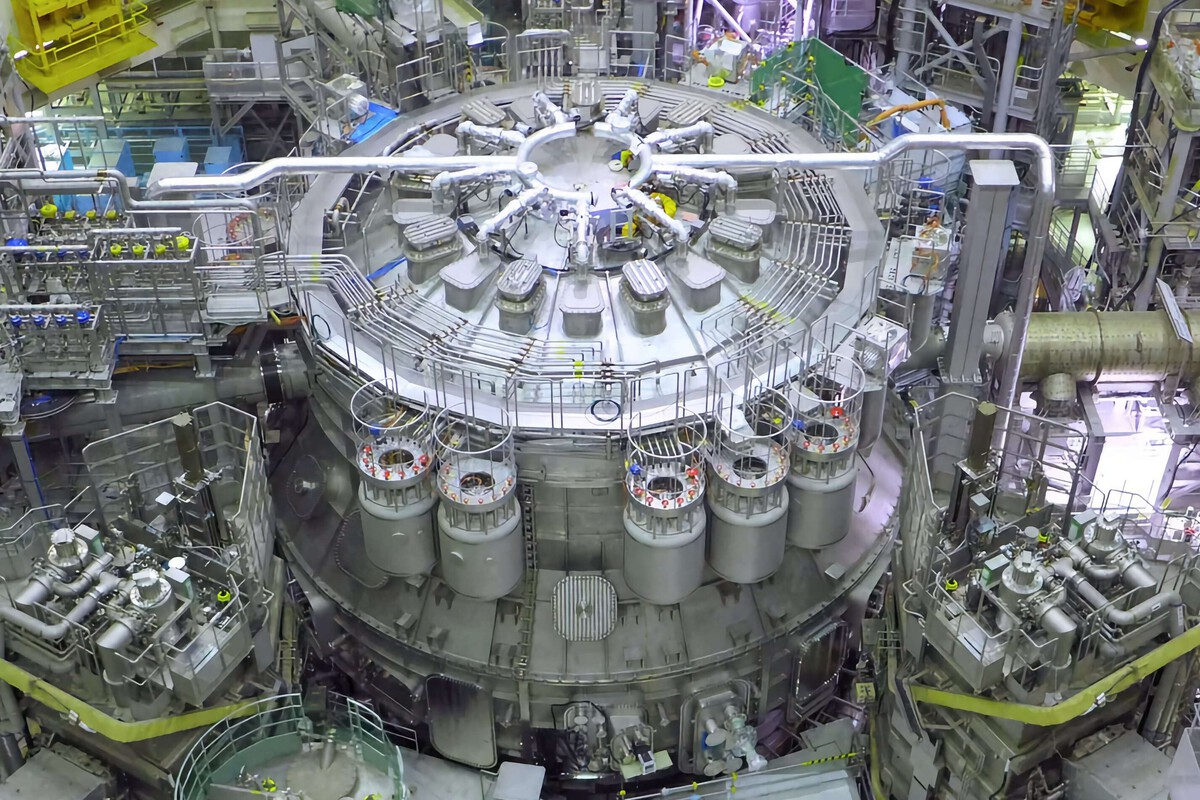Concrete is an essential element in nuclear power plants and the effects of radiation on its integrity have been a concern for decades.
It is hard to imagine a world without concrete. Concrete has been central to human history and remains the foundation of modern construction. While we are exploring more sustainable alternatives such as wood, there are structures in which concrete is still the obvious protagonist. One example is nuclear power plants, which need to be strong and well insulated.
A new study investigates the effects of nuclear radiation on concrete. The most surprising finding was that radiation bombardment has … therapeutic effects.
The study. Scientists at the University of Tokyo were looking for the effects of nuclear radiation on concrete, not on self-renewing cement or concrete. Since concrete is the main structural and protective material in nuclear power plants and reactors, there are concerns about how radiation affects the ageing of this protection.
In particular, the aim was to examine the effects on quartz, a rock material commonly used in concrete mixes, wherever in the world the mix is produced, and measuring the effects on quartz can help to understand how radiation affects the structure of a building. The good news is that these concrete structures are theoretically more stable in the long term than previously thought, because radiation causes quartz to relax, allowing some recovery of its internal structure.
By irradiating the quartz. The study investigated the effect of neutron irradiation on different types of quartz. Synthetic quartz, metaquartzite, sandstone and granodiorite were irradiated at temperatures ranging from 45 to 62 degrees Celsius, with damage per displaced atom ranging from 0.01 to 0.23 units.

Ippei Maruyama is one of the researchers and says that the neutron radiation flux “distorts the crystal structure, causing amorphisation and expansion”. This would be bad because it means that the material does not remain stable, but surprisingly, the role of silicon and oxygen in quartz grains leads to a healing process that mitigates the radiation-induced volume expansion.
Self-regulation. “At the same time, there is a phenomenon where the distorted crystals recover and the expansion is reduced,” says Maruyama. This depends on the size of the mineral crystals in the concrete. For example, larger grains had less expansion, so the degradation of concrete that is currently a concern in the construction and maintenance of nuclear power plants may not be as severe as previously thought.
The researcher also confirms that “lower radiation rates allow more time for self-repair”, so that nuclear power plants can “operate safely for longer” than originally expected.
Follow-up. Questions remain, as the same team says they have a number of tasks ahead of them. A team from the University of Tokyo has been studying the effects of radiation on concrete since 2008, but confirms that this is a costly area of research and that detailed studies are not easy.
However, with this discovery, Maruyama is confident that they will continue to investigate the effects of nuclear radiation beyond quartz, for example to see if this expansion phenomenon occurs in other minerals that make up concrete. The aim is not only to predict how the expansion of minerals bombarded by radiation causes cracks, but also how to select the best materials to create much stronger concrete for future nuclear power plants.
Not only power stations. It will be necessary to see what further steps the researchers take to consolidate these first opinions from the study, but it is clear that achieving self-healing concrete is a decision. Because of the CO2 emissions from its production, its high maintenance costs and the depletion of the world’s sand resources, having a material that can repair itself is something that teams around the world have been exploring for years.
Progress has been made, for example, in the development of mixtures with sugar or coffee that allow concrete to be somewhat self-repairing. It remains to be seen how long it will take for this new concrete to be used in everyday life.









